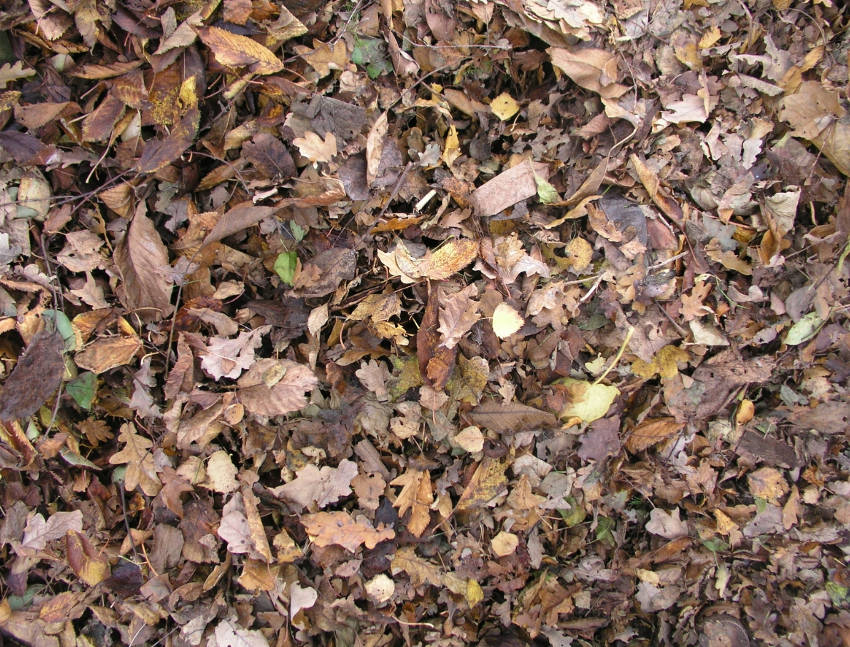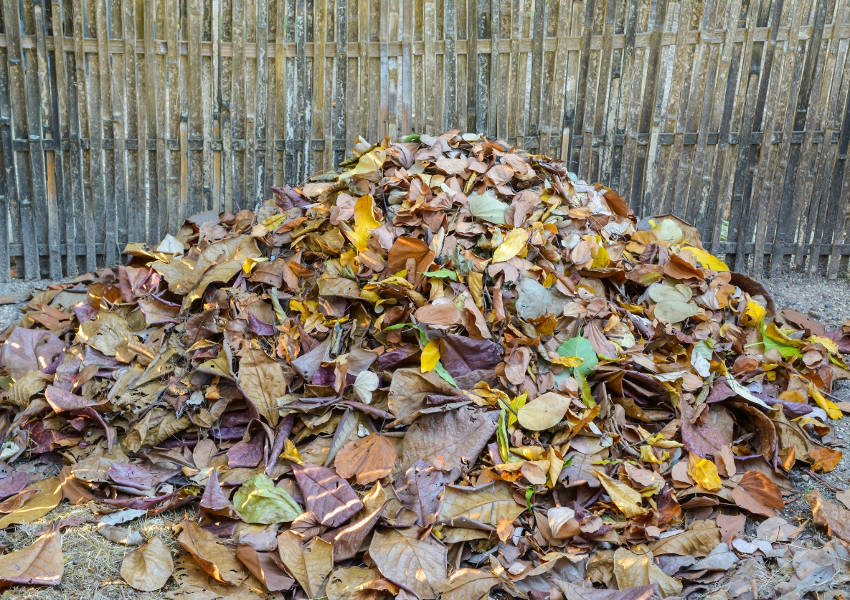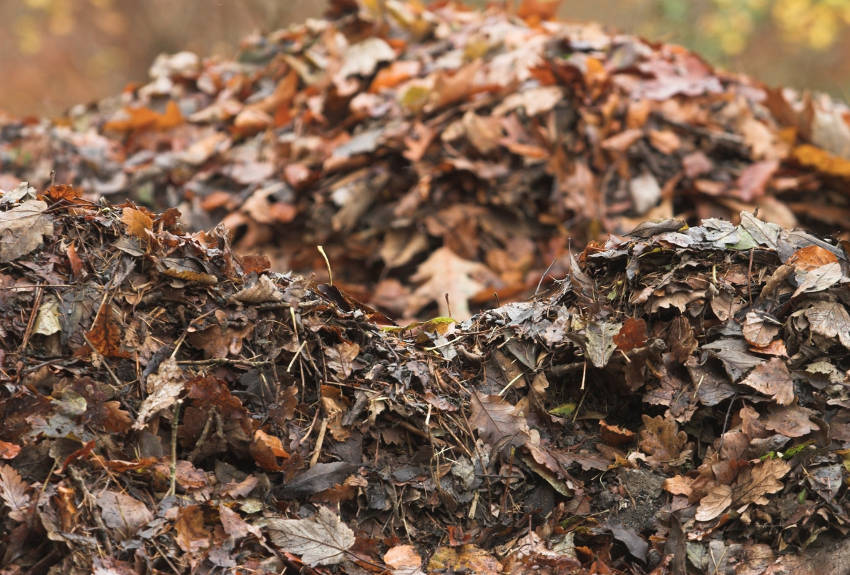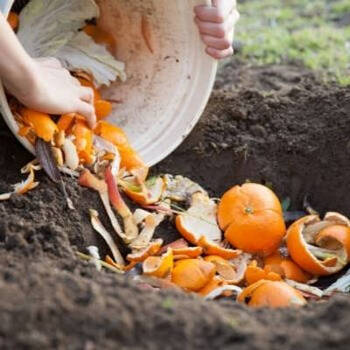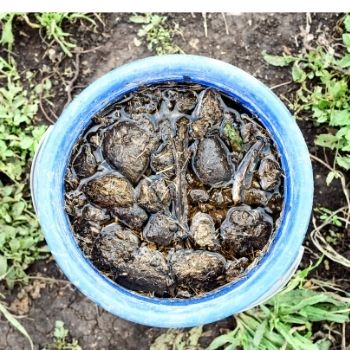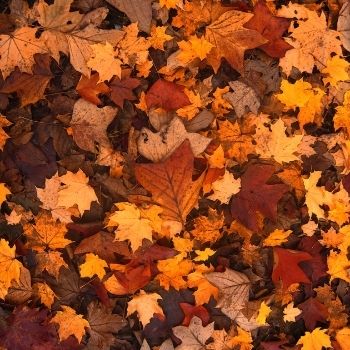The smell of burning leaves was once a sure sign of autumn's arrival, as gardeners tidied up their backyards ready for winter.
Nowadays, such burn-offs are either illegal or plain irresponsible, and so for many people, the local council's green waste bins form a final resting place for the season's fallen leaves.
This may be much better for the environment than burning, but it doesn't do your garden any favours. Fallen leaves are a fantastic source of nutrients and organic matter, and leaving them out for collection is a huge waste for anyone who likes to garden in tune with nature.
To grow these leaves, trees have been drawing goodness from the ground since spring, and simply throwing this all-natural harvest away is a sure route toward nutrient depletion and an increased need for fertilisers.
Instead, you can keep the nutrient cycle going by using your leaves in these four ways.
1) Leaves as a Mulch
A mulch is simply a material that's spread onto the soil's surface, either around the base of individual plants or across the entire bed. Mulches are a straightforward way of protecting the soil from erosion by wind, rain, and sun. They also increase water retention and suppress weed growth, providing better conditions for your plants.
Nearly any material can be used for mulching, but organic matter has the added bonus of feeding nutrients back into the soil as it decomposes. Leaves make an ideal organic mulch, forming a durable protective layer on top of the soil while rotting down over a year or so.
When using as a mulch, shred leaves first by running your lawnmower over the pile, or by passing them through an all-purpose garden shredder. Using whole leaves is fine but care must be taken not to use too-thick a layer; whole leaves can form a dense slimy impenetrable seal on top of your soil. With shredded leaves a much thicker mulch can be applied.
2) As a Soil Improver
The second way of using leaves is to dig them into your soil, where they'll work from within to improve its structure and shore up its mineral reserves.
Leaves immediately improve a soil's water retention while at the same time reducing waterlogging. They'll also provide food for worms and other helpful organisms, and as they degrade, they'll return their goodness to the soil.
As with mulching this technique will be much more effective if you shred the leaves first.
This technique is best used to improve soil in areas of your garden that you will not be planting into for a few seasons. If you plan on planting into your garden before then, making compost is a better idea.
3) Add to the Compost Heap
Leaves also make a highly useful contribution to your compost heap. The most common other ingredients such as green cuttings and grass clippings are full of nitrogen, and so the high carbon content of leaves helps to round out the overall mineral value of the final compost mix.
However, this carbon content also means leaves are slower to break down inside the heap. If the mix gets too leafy, the composting reaction will slow down or even stop completely.
Once again, shredding the leaves before adding them will speed things up, but even then, don't overload your heap with too much leafy material. Layer it in with other clippings and harder cuttings, and don't add more than one third leaves by volume of fresh green material.
4) Make Leaf Mould
But if you have more leaves than your compost heap can handle, making leaf mould is an alternative way of rotting the matter down into usable compost.
The simplest way of making leaf mould is to pile the leaves somewhere where they won't be an eyesore, drench them with water, and let nature take its course. Over a year (or longer) they'll rot down to make a rich, crumbly compost which is excellent for improving soil health.
If you don't want to wait a year, or if you'd rather not have open piles of leaves lying around, you can speed the process up. Load the leaves into large plastic garbage bags and moistening them well. Seal the bag loosely and add some drainage holes. Leave to sit, checking from time to time it's not dried out. The end result will be the same, but it'll take roughly half the time depending on weather conditions.
Whichever way you make it, the finished leaf mould can be dug into your soil, spread out as a nutritious mulch, or used in containers where its excellent water retention qualities will be invaluable.
Fallen leaves are much more than an autumn annoyance to be dealt with as easily as possible. Removing them from your garden breaks its natural nutrient cycle, so resist the temptation of quick and easy disposal through roadside collection. Use one of these four methods to keep the cycle going, and next year's plants will thank you for it.
